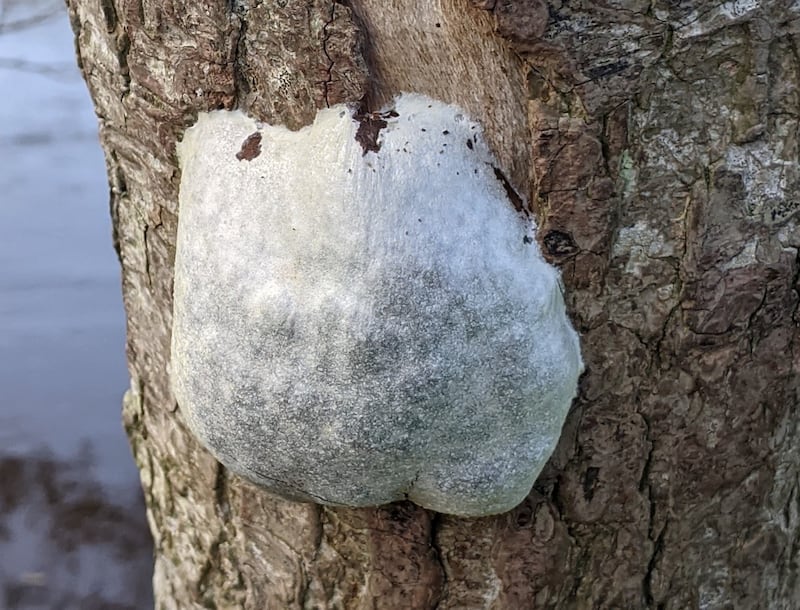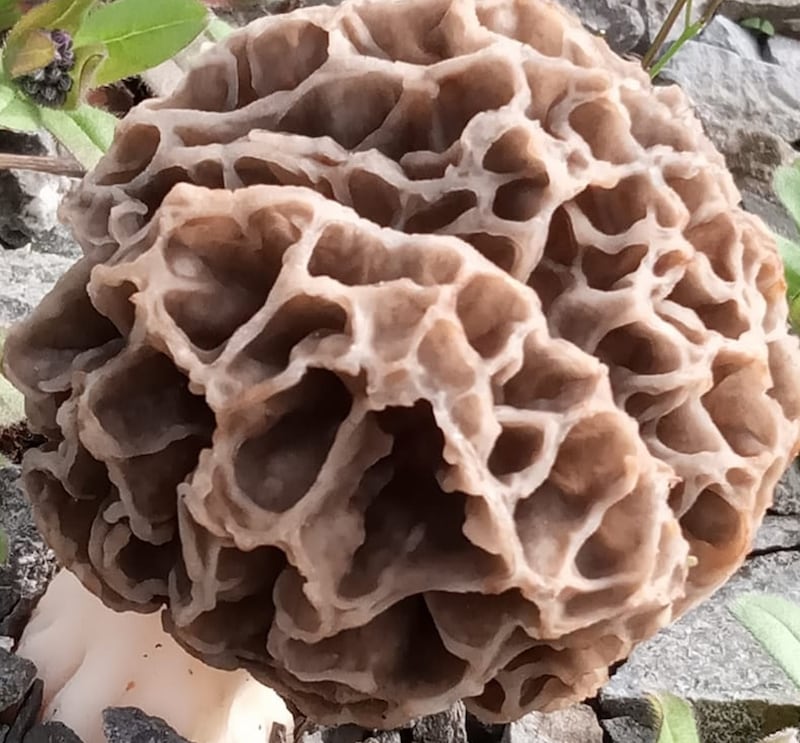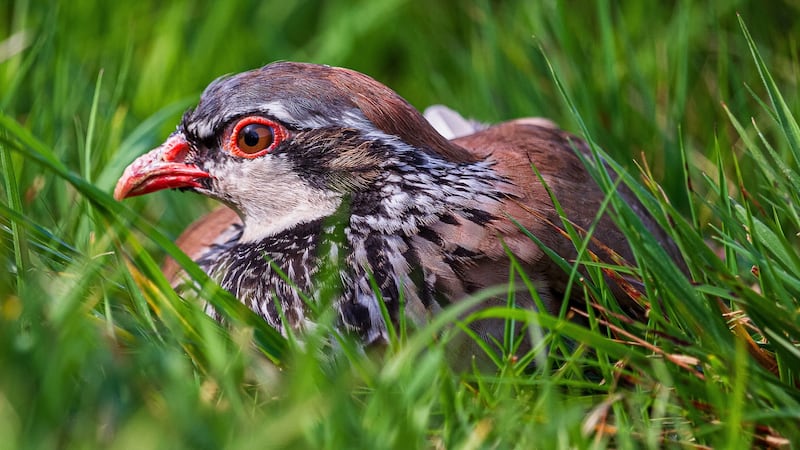This is the explanation of the joined oyster and mussel shell (Eye on Nature, March 27th). Oyster larvae float for two or three weeks before dropping to the seabed. They will settle on any mollusc shell on which an oyster can live, and in time grow to fill it. – Alan Stoney, Rosturk, Co Mayo

I've had several emails to identify false puffball, which is one stage in the development of a slime mould that grows on dead wood. – This photo was sent by Jack Rogers, Slane Co Meath

We came across this cool rock in a field on one of our walks. We were wondering if you knew what the markings on it were. – Ronan (13), Elena (11) and Brian (7) Mullan, Sligo Dr Siobhán Power of the Geological Survey tells me that it's a fossilised coral, which lived on the sea floor 485 million years ago and became extinct 250 years ago. It became part of the limestone forming from deposits of bones of sea creatures and other sources of calcium, when Ireland was still down at the equator.

Look what I found in my garden recently. I've never seen anything like it before. – Claire Greene, Rushall, Co Laois That's red cage or lattice fungus, which has spread from southern Europe and probably got into your garden in mulch.

The attached photo is of a partridge sheltering in the grass in north Co Dublin. – Owen Taaffe, Skerries, Co Dublin It's a red-legged partridge, not to be confused with the grey partridge, a resident in the midlands. The red-legged partridge is indigenous to southwest Europe and was introduced mainly in counties Meath, Kildare and Wexford.
Last September there were fewer than 50 barnacle geese on the strand here. On March 20th they were there in their hundreds, gathering to depart for summer in the Arctic. – Martin Crotty, Blackrock, Co Louth
Ethna Viney welcomes observations and photographs at Thallabawn, Louisburgh, Co Mayo, F28 F978, or by email at viney@anu.ie. Include a postal address







